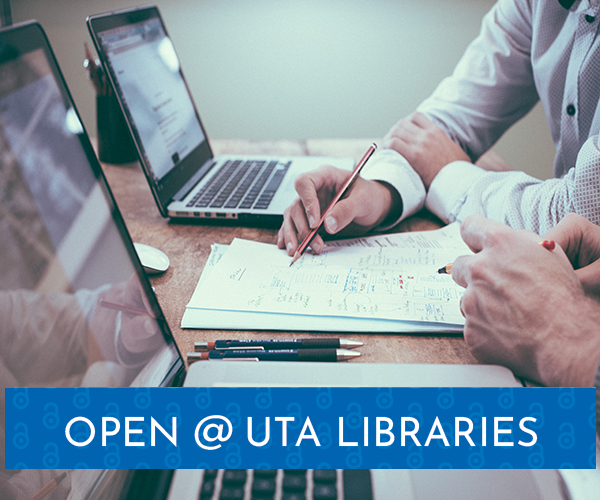
Free Digital Project Platforms
As discussed during Open Access Week last October, there are many free open-source platforms that can be used for assignments and projects. Some of these platforms are great for digital projects, which are a growing alternative to a traditional research paper in classes across disciplines. The term “digital project” is a large umbrella term meaning different things depending on who you ask and can have so many kinds of scholarship outcomes. These platforms can be and often are used by professional researchers to make the digital outcomes of their research affordable and accessible. Like education, research is often constrained by expense. Free resources like the options below support expanded research opportunities and broader public engagement with research. The list has been separated between websites, digital exhibits, GIS mapping, and audio/visual specific tools.
Websites
Websites can be an easier way to create a digital outcome by formatting your research into a structured website layout and can include images and embedded videos. The same guidelines would apply when writing a paper, so make sure to cite any sources! Here are some free website platforms that can be used to create a website for research.
WordPress
WordPress has a built-in website editor, making it easy to create an attractive and easy-to-use website. Some of their free features include unlimited pages, unlimited users, built-in newsletters & RSS feeding, and smart redirects. There are even options to create a newsletter, course sites, and blogs.
Wix
Wix is another website builder and WixEditor that has templates and can be easily navigated. The plan includes up to 500MB of storage and has a mobile app to design as well.
Google Sites
Google Sites is a website builder that has different templates you can use to create websites, class sites, portfolios, projects, blogs, and more! This builder integrates with other tools within the Google Workspace and is easy-to-use.
Digital Collections and Exhibits
If you have a collection of materials that you want to put online, a digital collection or exhibit can be a great option for this.
Omeka
Omeka Classic is a content management system which can be used for digital collections and exhibits. It is free and open source and allows for a long list of plugins that enhance the use of the sites you create. There are templates that you can use or create one from scratch.
Timeline JS
A great tool for a digital project could be adding a timeline that connects events with images or text documents. Knight Lab’s Timeline JS does a great job of this. This free and open-source tool lets you create interactive timelines using a Google spreadsheet of information. You can also pull multimedia into your timelines from sources online.
Geographic Information System (GIS) Mapping
StoryMap
Storymap JS is another Knight Lab tool that lets you use GIS locations to tell a story. GIS is a great way to combine documents and content with geographical locations on a map, usually by creating a "pin" or a marker. Many users are familiar with resources like Google Maps, but this resources also allows us to include images as well as narrative text to the pins.
Audio/Visual
Juxtapose
Juxtapose JS, through Knight Lab, is a great interactive tool for comparing images, usually looking at two different dates in which they were taken. By using two images of the same size, you easily use a scroll bar to overlay the frame comparisons.
Soundcite
Soundcite, also through Knight Lab, can add audio clips to descriptive text, or “inline audio.” This gives the audience access to the multimedia audio being discussed in the text of a digital project and adds an interactive element to your research.
Scene
Scene VR, through Knight Lab, allows you to create virtual reality or 360-degree narratives within your projects. This allows more interaction with photographs and other panoramic images.
These are only a few of the great options online to make research and scholarship accessible and interactive. If you are interested in learning more about how to utilize these tools and platforms into your classes or your projects, or want to discuss digital humanities projects further, please reach out to librariesops@uta.edu.
The cover image for this blog post is "Russell Person holding pencil near laptop" by Whitney Russell, licensed CC BY 4.0. It is a derivative of "Person holding pencil near laptop" by Scott Graham, licensed on Unsplash, and was modified to add the "Open @ UTA Libraries" banner.

Add new comment